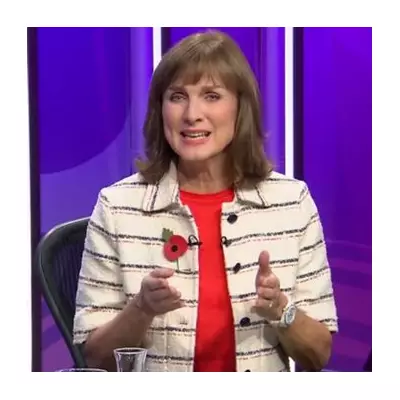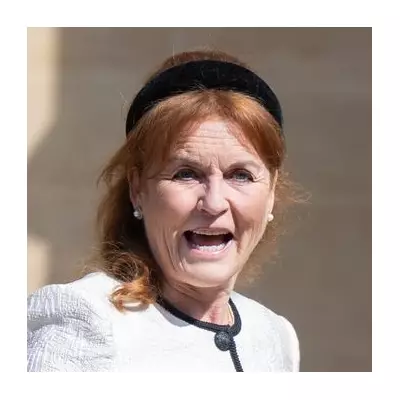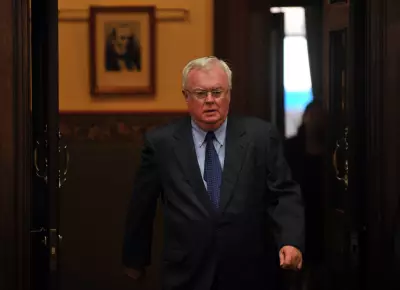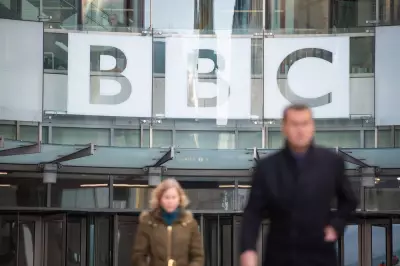
Ukrainian President Volodymyr Zelenskyy has stated that the decision on whether to withdraw forces from the fiercely contested city of Pokrovsk will rest with military commanders on the ground. The announcement came during his visit to a command bunker in the Zaporizhzhia region on Thursday, as Russian forces intensify their offensive.
Frontline Visits and Critical Decisions
President Zelenskyy underscored the gravity of the situation in the eastern Donetsk region, describing the fighting around Pokrovsk as "very difficult." He emphasised that commanders would be supported in their assessment of whether holding the city is costing too many Ukrainian lives. "No one is forcing them to die for the sake of ruins," Zelenskyy told Bloomberg, affirming that the preservation of soldiers is the paramount concern.
This sentiment was echoed by Ukraine's top commander, General Oleksandr Syrskyi, who also visited units defending Pokrovsk. General Syrskyi confirmed that key operational goals include regaining control of certain areas and protecting supply lines. He firmly denied any Russian operational encirclement of Ukrainian forces in the area.
Ukraine's Strategic Strikes with Flamingo Missile
As the ground battle rages, Ukraine demonstrated its long-range strike capabilities. The Ukrainian military general staff reported using its domestically produced Flamingo cruise missile, alongside drones, to hit "several dozen objects" on Thursday.
The Flamingo missile, known officially as the FP-5, represents a significant piece of Ukrainian military technology. Experts confirm it can travel up to 3,000km (1,864 miles) and deliver a substantial 1,150kg (2,535lb) warhead with high accuracy. Its distinctive pink colour on initial versions, resulting from a factory paint error, earned it the 'Flamingo' nickname. This missile serves as a partial alternative to advanced systems like the Tomahawk, which Western allies have been reluctant to supply.
Targets struck in the coordinated attack included:
- A marine oil terminal in occupied Crimea.
- A helicopter parking lot and UAV storage area.
- Training areas at the Kirovsk airfield.
- An oil depot and Russian command posts in the Zaporizhzhia region.
The general staff stated that Ukrainian forces are continuing "systematic fire damage to facilities involved in providing support to the Russian occupation army."
Massive Russian Attack on Kyiv
In a significant escalation, Russian forces launched a "massive" drone and missile attack on the capital, Kyiv, in the early hours of Friday. Mayor Vitali Klitschko reported that air defences were activated across the city.
The assault resulted in direct impacts on civilian infrastructure. Falling debris struck a five-storey apartment building in the Dniprovskyi district, while a fire broke out in a high-rise dwelling in the Podil district. Officials confirmed that both drones and missiles were used in the attack, which also targeted several other Ukrainian regions.
International Support and Strategic Outlook
Amid the ongoing conflict, international backing for Ukraine continues. European Commission President Ursula von der Leyen announced the release of a €6bn loan and promised further financial support to cover Ukraine's needs for the next two years.
In a speech to the European Parliament, von der Leyen addressed Russian President Vladimir Putin's strategy, stating, "He thinks he can outlast us... this is a clear miscalculation." She called for a new impetus to bring Russia to the negotiation table.
The Institute for the Study of War provided analysis on the Pokrovsk situation, suggesting that while Russian forces may collapse the pocket around the city and Myrnohrad, the ultimate significance will depend on the circumstances of a potential Ukrainian withdrawal. The battle for Ukraine's future continues on multiple fronts, with its forces demonstrating both resilience and strategic innovation.





